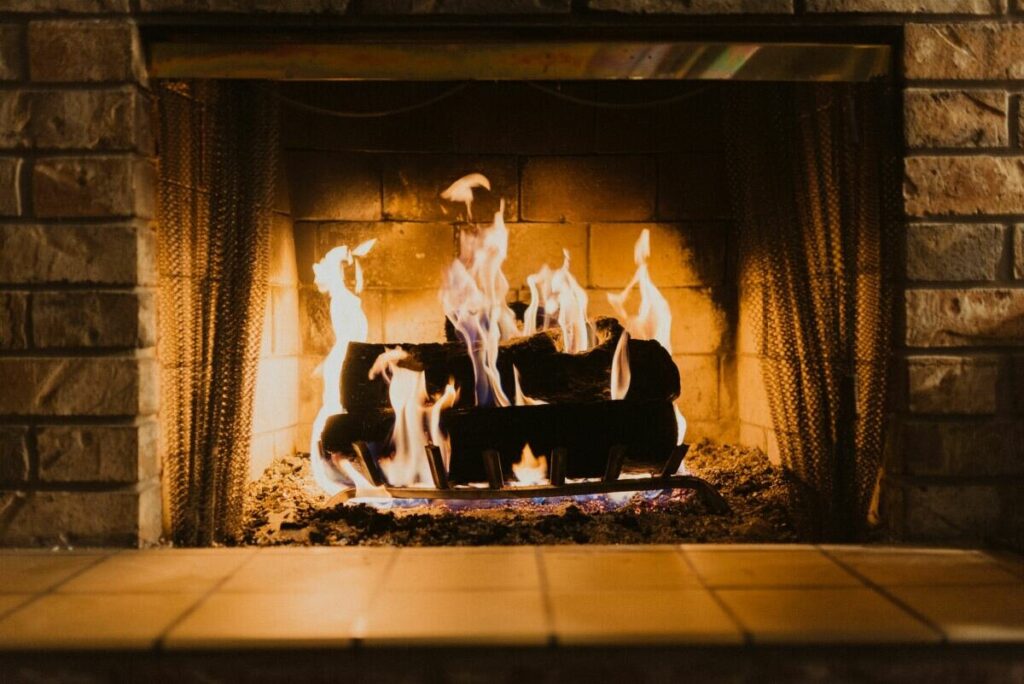
Tips to Prevent Chimney Fires
When the mercury drops and the days grow shorter, families and friends often gather ‘round the warm glow of the fireplace. But a fire’s comfort can quickly turn to disaster. Fires are among the costliest types of home insurance claims and can create risks for people, pets, and the largest single investment most households make, their homes.
Chimney fires result from creosote buildup over time, the by-product of previous fires that leave smoke-carried debris inside chimneys. Here are some tips to help prevent chimney fires and other fireplace-related risks.
Clean your chimney regularly
Many experts recommend having your chimney inspected once each year. During a chimney inspection, a trained contractor looks for signs of creosote buildup and tests the flue and other fireplace components for proper functionality. If needed, they’ll recommend cleaning as well, which removes the buildup. Creosote buildup happens gradually, meaning the residue of fires from years ago can create risks today.
If you use your fireplace and it’s been more than a year since your last inspection, consider getting an inspection and cleaning. The same is true if you’ve just purchased your home from a previous owner. An inspection helps ensure safety when you build your own fireplace memories.
Keep your fireplace clear
It’s common to keep knick-knacks or holiday decor near the fireplace. A stray ember can set these items alight. Nothing ruins a winter-evening get-together quicker than a fire burning outside the fireplace.
Open the flue to improve airflow
The chimney flue regulates the amount of air, smoke, and debris that flows up the chimney. A wider opening lets more air pass through the chimney, helping to promote a cleaner burn and reduce buildup.
Keep the glass doors open
Similarly, the glass doors on your fireplace should be kept open when you have a fire going. This draws air into the fire, helping the fire to burn more efficiently and reduce buildup. Use the metal screens to catch errant sparks and embers.
Install a chimney cap
With your chimney inspection, ask about the chimney cap. Chimney caps can become damaged over time, and some older homes may be due for an update. Newer chimney caps come with a spark arrester that helps prevent sparks from igniting a fire if you have leaves or other debris on your roof.
Only burn dry wood
Dry wood burns more efficiently, reducing smoke and creosote buildup in your fireplace. If you collect your own wood, give it time to season before burning. Invest at least six months in the seasoning process. Springtime is the best time to collect wood for your fires in colder months.